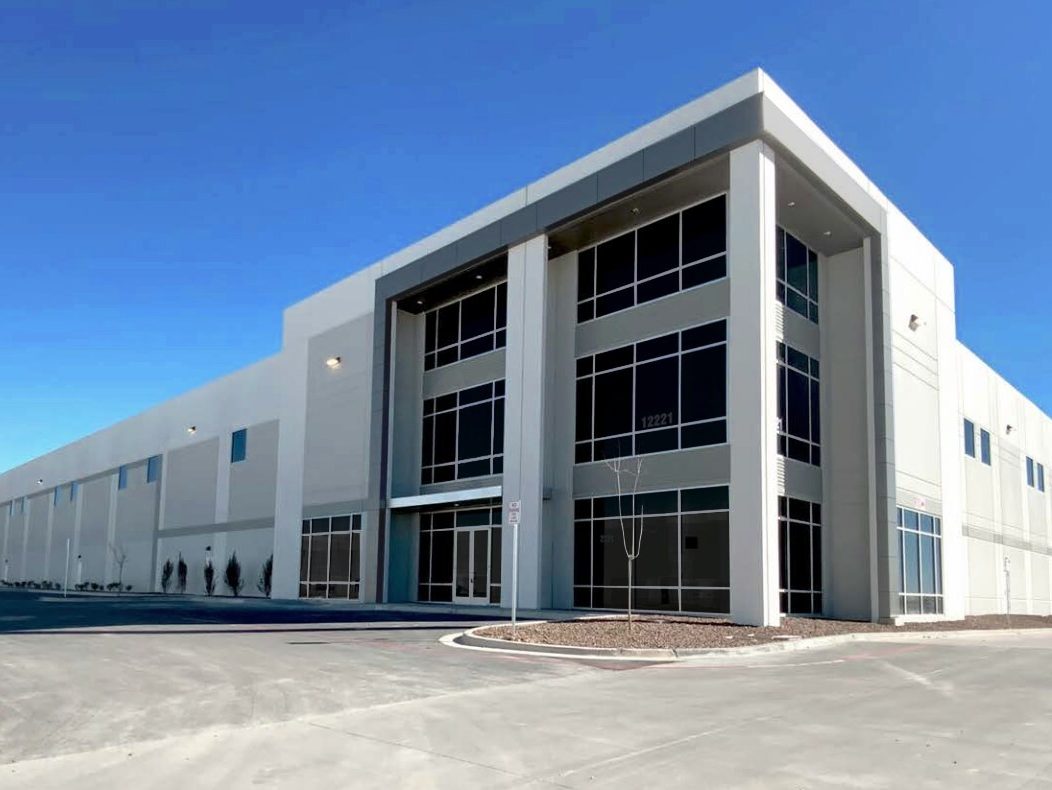NAREIM CEO: ‘All Dislocations Provide Unique Opportunities’
Zoe Hughes touches on the specific challenges COVID-19 presents for investment managers, landlords and tenants, and shares solutions that can mitigate the pandemic’s impact.
As industry players forge ahead and adapt to new realities amid the ongoing economic uncertainty, the phased reopening of many states has started to reveal signs of progress toward a potential recovery. According to the latest NAREIM member survey, portfolio-wide rent collections in June topped 90 percent, exceeding April and May collections by more than 600 basis points.
NAREIM CEO Zoe Hughes spoke to Commercial Property Executive and shared her insights on how tenants, landlords and investment managers are adjusting to the coronavirus-shaped real estate climate. Hughes also touched on buyer-seller sentiment, and what office demand may look like in the post-COVID-19 world.
READ ALSO: CRE’s Cautious Road to Recovery
How did tenants, landlords and investment managers initially approach the economic fallout brought on by the pandemic?
Hughes: In the early weeks of the pandemic, there was a high level of uncertainty surrounding the potential fallout from COVID-19, for both tenants and investment managers. Few could have predicted the impact that shutdowns to local, city and state economies, and necessary restrictions to business operations would have on tenant revenues and incomes. The focus for commercial real estate tenants was, rightly, on protecting and retaining their employee base and preserving capital to sustain them through the times ahead, prompting some to ask their landlords about rent relief.
Since March, real estate investment managers have worked hard with their tenants to provide relief to those suffering financial hardship. Landlords have been able to provide relief in the form of rent deferrals, rent abatements and the application of security deposits against rent payments.
Updated April and May collections exceeded initial collections for every sector. What were the determining factors behind the increase?
Hughes: For many real estate investment managers, rent collections have increased since April. The increase is a reflection of different factors, including, but not limited to financial aid programs provided by state and federal governments to businesses and the unemployed, which have provided critical help; the ability of businesses to operate in limited or phased capacities, such as takeout and curbside pick-ups; and the hard work of tenants and landlords in terms of rent relief requests.
Requests are supported by financial information about the impact of COVID-19 on revenues—as financial aid programs have become available and as some businesses have operated in limited capacity, some tenants have withdrawn requests for relief and some have agreed or resolved requests for relief. As such, rent collections have improved month over month, as tenants and landlords have worked diligently to deal with the fallout from the outbreak.
The difference between initial and updated collections is a positive change. To what extent does this impact buyer-seller sentiment?
Hughes: While uncertainty will impact transactions and buyer-seller sentiment in the short term, real estate investment managers see opportunities ahead. All dislocations provide unique opportunities for investment, and COVID-19 will be no exception. With more than $320 billion of private real estate dry powder sitting on the sidelines, according to Preqin, managers and investors will be looking for opportunities for investment across property types in the months and years ahead.
Uncertainty still remains in our markets and society. We are dealing with, and responding to, a new coronavirus—one that we had no knowledge of prior to 2020. And there is still so much we do not know, including the impact of new outbreaks and clusters. As such, the industry’s ability to accurately value commercial real estate assets has been impaired, which itself impacts transactions and deal flow.
Multifamily rent collections were above the 90 percent threshold in June, while rent collections in retail, one of the hardest-hit sectors, were also up last month. What can you tell us about this situation?
Hughes: Unemployment benefits provided by states and the federal government have proved critical to many commercial real estate sectors, particularly multifamily and retail, putting much-needed income directly in the hands of renters and consumers. It is pleasing to see almost all states extend their own unemployment benefits, and we eagerly await the outcome of Congressional conversations relating to the Federal Pandemic Unemployment Compensation program, which adds an additional $600 benefit to weekly unemployment checks for impacted workers.
While the FPUC is just one unemployment scheme available to the unemployed, it is an important one, and one the commercial real estate industry, not least retail and multifamily landlords, managers and investors, will be watching closely over the coming weeks.
With so many people working from home, how has the overall industry sentiment shifted when it comes to office assets?
Hughes: There have been many headlines surrounding the future of office in the wake of COVID-19, not least following announcements by Twitter and Fujitsu to allow increased remote working. However, office is not dead, nor dying. As with all property types, it continues to evolve, and will evolve further in our post-COVID-19 world. Yes, there will be increased flexibility provided by almost all employers as they look to the future. But the office is still a critical tool in building corporate culture and team collaboration.
Zoom, Google Meet and Teams are superb and highly effective tools, and have been essential for business success in working from home. But digital doesn’t replace personal. It doesn’t replace those five-minute conversations over the coffee machine or in the hallway after a meeting, and it doesn’t replace the need we all have as humans for personal connection.
While the office in the immediate near-term will feel different from our pre-COVID-19 spaces, the key goal of any office space is about bringing people together to create a team. Remote working will only go so far to deliver that goal. One real-life challenge for all businesses, for instance, is how you train new, junior members of your team? If they can’t sit next to experienced colleagues and learn how to do the job by asking questions when they emerge, how do they learn from the vast experience in your wider team? How effective will they be as they learn the job and the true values of the management?
What are some of the factors impacting office demand, and where do you see this sector heading?
Hughes: Office demand will always experience ups and downs. Investors and managers will look to the trends that most impact demand. Flexibility and remote working is one trend that could decrease office demand in the future. But other trends could offset flexibility or increase office demand overall, including human connection and building the sense of team.
Working from home has been a great success for many firms. But what does your team look like in 6 months, 12 months or 4 years of working from home? Will turnover increase? Research shows face-to-face meetings are essential for developing new ideas and keeping employees motivated and focused. Studies also revealed some people suffered feelings of isolation, loneliness and depression after working from home for extended periods. There is a need for balance and optionality when talking about remote work. Working from home doesn’t suit everybody and doesn’t work for everybody. In-person collaboration is necessary for creativity and innovation.
Another trend is de-densification, or the move away from increasing density in our workspaces. This emerged before the pandemic, and will continue to grow as we look to the future of our workspaces. And last but not least, recruiting and retaining talent is paramount. Location was critical in attracting and recruiting talent pre-COVID-19, and health and wellness may be even more critical in attracting the best talent in a post-pandemic world. Healthy and less dense buildings could be in higher demand by prospective employees, and a necessary tool for human resources chiefs as they look to hire the right talent.










You must be logged in to post a comment.